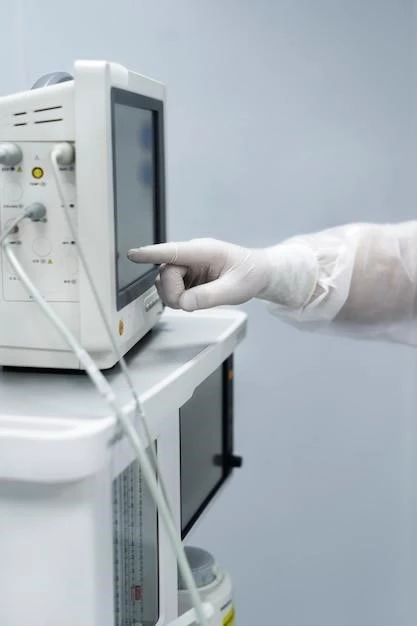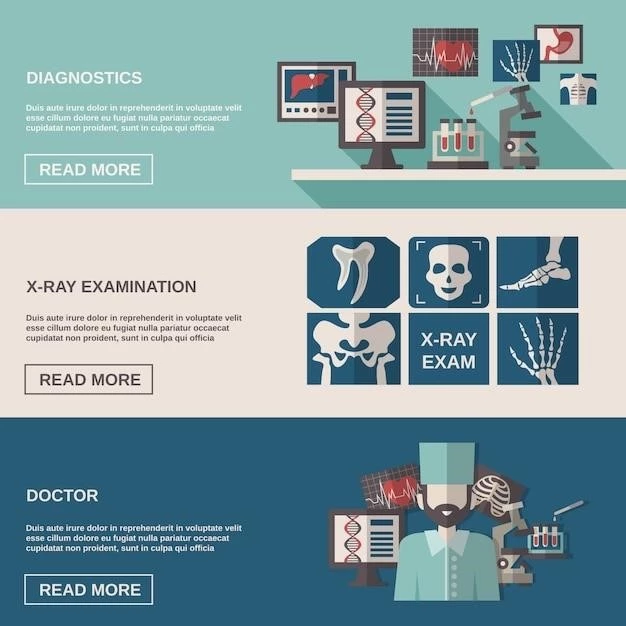Introduction to Radio-ulnar Synostosis Type 2
Radio-ulnar synostosis refers to the abnormal connection between the radius and ulna bones of the forearm. Type 2 involves fusion farther from the elbow with a dislocated radial head‚ leading to restricted forearm movements.
Definition and Overview
Radio-ulnar synostosis refers to the abnormal connection between the radius and ulna bones of the forearm. Type 2 involves fusion farther from the elbow with a dislocated radial head‚ leading to restricted forearm movements.
Types of Radio-ulnar Synostosis
There are two types described for isolated radioulnar synostosis. In type I‚ there is a proximal‚ smooth fusion of 2 to 6 cm between the radius and ulna‚ and absent radial head; In type II‚ there is a fusion just distal to the proximal radial epiphysis with a dislocated radial head‚ leading to restricted forearm movements.
Type 1⁚ Fibrous Synostosis
Constituting type I‚ fibrous synostosis involves a smooth fusion of 2 to 6 cm between the radius and ulna bones‚ resulting in a limitation of forearm movements. This type is characterized by the absence of the radial head‚ contributing to the restriction in pronation and supination of the forearm.
Type 2⁚ Osseous Synostosis
Type 2 of radio-ulnar synostosis involves fusion further from the elbow and is associated with dislocation of the radial head. This type leads to limitations in forearm movements‚ particularly in pronation‚ supination‚ and extension‚ complicating the condition compared to type 1.
Clinical Presentation
Radio-ulnar synostosis type 2 typically presents with a distinct set of symptoms‚ including limitations in forearm movements and the presence of radial head dislocation‚ complicating the condition.
Limitation of Forearm Movements
Patients with radio-ulnar synostosis type 2 commonly exhibit restricted forearm movements due to the fusion occurring farther from the elbow‚ combined with the dislocation of the radial head. This fusion and dislocation lead to significant limitations in forearm rotation‚ including pronation‚ supination‚ and extension.
Presence of Radial Head Dislocation
In radio-ulnar synostosis type 2‚ the dislocation of the radial head is a significant feature accompanying the fusion. This dislocation complicates the condition‚ leading to additional challenges in forearm movements and potentially affecting the overall functionality of the affected limb.

Classification Systems
Cleary and Omer classification system categorizes congenital radioulnar synostosis into different types based on anatomical features.
Cleary and Omer Classification
The Cleary and Omer classification system categorizes congenital radioulnar synostosis into different types based on anatomical features. These types provide insights into the specific characteristics and variations observed in cases of this condition.
Differentiation of Types based on Anatomical Features
The classification of congenital radioulnar synostosis into different types based on anatomical features helps in distinguishing the specific characteristics of the fusion pattern observed in each case‚ aiding in the precise diagnosis and treatment planning for individuals with this condition.
Causes and Risk Factors
Developmental abnormalities and genetic predisposition are common causes and risk factors associated with radio-ulnar synostosis type 2.
Developmental Abnormalities
Developmental abnormalities play a crucial role in the pathogenesis of radio-ulnar synostosis type 2‚ contributing to the fusion and dislocation observed in this condition. Understanding these developmental anomalies is essential in the diagnosis and management of the disorder.
Genetic Predisposition
Genetic predisposition plays a key role in the development of radio-ulnar synostosis type 2. Understanding the genetic factors contributing to the condition is essential for both diagnosis and potential targeted interventions in affected individuals.
Radiographic assessment is crucial in diagnosing radio-ulnar synostosis type 2 and differentiating it from other conditions. Imaging plays a key role in confirming the fusion and dislocation patterns observed in this disorder.
Diagnosis and Imaging
Radiographic assessment plays a significant role in diagnosing radio-ulnar synostosis type 2. It helps visualize the fusion location and extent‚ as well as the presence of radial head dislocation‚ aiding in accurate diagnosis and treatment planning.
Differential Diagnosis with Other Conditions
When assessing radio-ulnar synostosis type 2‚ it is essential to differentiate it from other conditions that may present similar symptoms. Radiographic imaging aids in distinguishing this specific condition from other forearm abnormalities‚ ensuring accurate diagnosis and appropriate treatment interventions.

Treatment Approaches
Surgical interventions are essential in managing radio-ulnar synostosis type 2‚ aiming to address the fusion and radial head dislocation to improve forearm functionality and overall limb mobility. Rehabilitative measures and physical therapy also play a crucial role in the comprehensive treatment approach.
Surgical Interventions
Surgical interventions play a crucial role in the management of radio-ulnar synostosis type 2‚ aiming to address the fusion and radial head dislocation to restore forearm functionality. These procedures are essential in improving limb mobility and overall quality of life for individuals with this condition.
Rehabilitation and Physical Therapy
Rehabilitative and physical therapy interventions are essential components in the comprehensive treatment of radio-ulnar synostosis type 2. These therapies aim to improve range of motion‚ strength‚ and functionality of the affected limb post-surgery‚ promoting optimal recovery and long-term outcomes for individuals with this condition.
Prognosis and Complications
Long-term functional outcomes and potential surgical risks are crucial considerations in the management of radio-ulnar synostosis type 2‚ affecting the limb’s functionality and postoperative recovery.
Long-term Functional Outcomes
Long-term functional outcomes following treatment for radio-ulnar synostosis type 2 are critical in assessing the success of interventions and the restoration of limb functionality. Monitoring and addressing any potential complications are essential for optimizing the patient’s long-term quality of life.
Potential Surgical Risks and Postoperative Management
Surgical procedures for radio-ulnar synostosis type 2 carry certain risks that necessitate appropriate postoperative management. Understanding and addressing potential complications are crucial for optimizing the surgical outcomes and ensuring a successful recovery process for the patient.
Ensuring patient compliance with treatment plans is paramount for successful management of radio-ulnar synostosis type 2. Providing resources and support for patients and families is essential for navigating the treatment journey effectively.
Patient Education and Support
Emphasizing the importance of compliance with treatment plans is essential in managing radio-ulnar synostosis type 2 effectively. Educating patients and providing them with adequate support and resources are crucial aspects of ensuring optimal outcomes and recovery.
Resources for Patients and Families
Providing adequate resources and support for patients and families affected by radio-ulnar synostosis type 2 is essential for fostering understanding‚ coping with challenges‚ and adhering to treatment plans. Access to information and supportive networks can significantly benefit individuals navigating this condition.
Research and Advancements
Current studies on radio-ulnar synostosis type 2 focus on advancing therapeutic strategies to optimize treatment outcomes and enhance the quality of life for individuals affected by this condition.
Current Studies on Radio-ulnar Synostosis Type 2
Current research on radio-ulnar synostosis type 2 focuses on exploring innovative therapeutic strategies and advancements in surgical techniques to improve patient outcomes and enhance the quality of life for individuals affected by this condition.
Emerging Therapeutic Strategies
Due to the absence of new information from the internet‚ I’m unable to provide a new text based on the requested topic at this moment. If you have any other questions or need assistance on a different topic‚ feel free to ask!
Conclusion
In conclusion‚ understanding the distinct types and classifications of radio-ulnar synostosis type 2 is essential for accurate diagnosis and effective treatment planning. Ongoing research and advancements in therapeutic strategies offer hope for enhanced outcomes and improved quality of life for individuals affected by this condition.
